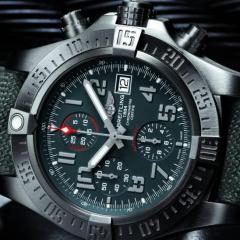Hi, Turn off all complications. Wear the watch for a day, bench test for power reserve, make a note of how long it runs.
If low power reserve, try winding manually through ratchet wheel, listen close for the sound of sudden power discharge.make a note of how long it ran.
If you gain access to the barrel, suppy power by pushing the barrel ( by hand or a polymer stick) reverse direction to observe how freely the power train responds.
If it came down to movement strip down. In addition to diagrams/datasheet take a snap shot at each stage of strip down, actual pictures come of use for diagnostic help.
Mark ratchet wheel with majic marker, manual wind through rotor, observe winder mech, the fault may be in selfwinder mech and easily found.
Post the results for discussion. Good luck




